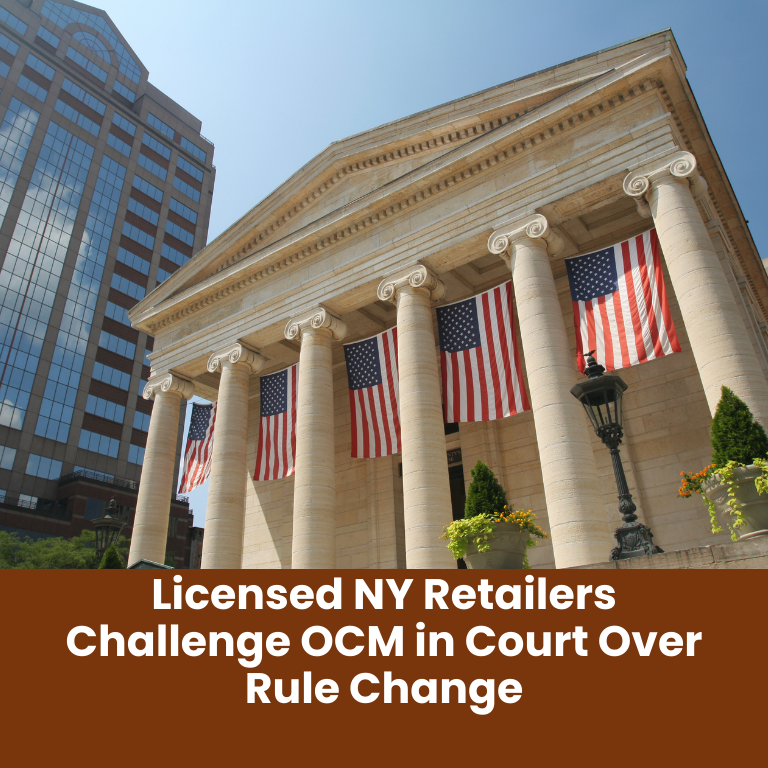The Cannabis Industry’s Communication Problem
Despite rapid growth and widespread legalization, the cannabis industry continues to face an overlooked barrier: communication. The problem is not that cannabis lacks products — dispensary shelves are overflowing with flower, vapes, edibles, tinctures and topicals. The challenge is that there is no clear, consistent way to help consumers make informed choices. Strain names mean little to newcomers, THC percentages often mislead, and jargon-heavy explanations intimidate the wellness-curious. The result is hesitation at the point of purchase, buyer confusion, and limited long-term engagement.
A Rhode Island startup is seeking to change that dynamic with a retail system designed not around product categories, but around human behavior. The company’s Experience Framework applies behavioral science to simplify cannabis shopping, increase customer confidence and, ultimately, boost sales.
What Is the Experience Framework?
The Experience Framework organizes cannabis products by how people want to feel, rather than by strain lineage or raw potency numbers. At its core, it breaks products into three broad THC ranges:
- Wellness – under 10% THC
- Lifestyle – 10–18% THC
- Recreational – above 18% THC
Within each category, products are grouped by intended outcomes such as calm, focus, uplift or relief. Every item is backed by cannabinoid and terpene data, labeled with onset and duration details, and paired with clear dosing guidance.
What makes this approach different is its grounding in the Theory of Planned Behavior, a behavioral science model that explains how attitudes, social norms and perceived control influence decision-making. By addressing all three, the framework helps transform confusion into confident consumer action.
Why It Works: The Theory of Planned Behavior in Action
Instead of emphasizing potency or a “strongest high” mentality, the framework highlights functional benefits. A gummy is presented not as a delivery of 10 milligrams of THC, but as a tool for sleep support, stress reduction or social ease. By positioning cannabis as a wellness aid, consumers — especially those hesitant to try build positive expectations and see cannabis as something relevant and approachable.
Subjective Norms: Making Wellness Use Socially Acceptable
Through budtender training, podcast content and transparent labeling, the startup normalizes cannabis as part of a healthy lifestyle. Retail staff are encouraged to have empathetic, wellness-centered conversations, helping consumers feel that cannabis use is not countercultural but increasingly mainstream.
Perceived Behavioral Control: Building Confidence Through Clarity
The framework gives consumers the tools to feel in control of their experience. Products carry straightforward labels showing THC content, expected effects, suggested use cases and dosing instructions — often beginning with microdosed formats as low as 2.5 milligrams. This transparency reduces the risk of a negative experience and builds trust in the process.
Real Business Benefits Beyond Buzzwords
Although the framework sounds like a feel-good rebrand, its business implications are measurable. Early retail trials have shown:
- 12–24% increase in basket size due to bundled purchases tied to desired effects.
- Higher first-time conversion rates, as the simplified system reduces decision fatigue.
- Stronger retention, since customers who find a product that works are far more likely to return.
- Lower staff turnover, with employees reporting greater satisfaction when trained as guides rather than sales clerks.
- A broader consumer base, as wellness users, older adults and low-dose customers feel more included.
In an industry where price competition is fierce and brand loyalty is hard to sustain, a differentiated shopping experience can provide lasting value.
Building Infrastructure for Intentional Cannabis Use
The Experience Framework is not just an idea — it is a modular system built for retail execution. The startup provides dispensaries with:
- A full-spectrum product line, from microdosed edibles to high-potency flower, all organized by effect.
- Educational tools, including consumer-facing product sheets and a podcast that demystifies cannabis in plain language.
- Budtender certification, ensuring staff are trained to deliver compliant, experience-based consultations.
- In-store visuals and signage, designed to guide customers quickly to their desired outcome.
By combining these elements, the framework bridges the knowledge gap between consumer and retailer, transforming casual curiosity into confident purchasing.
Why the Market Is Ready for This Shift
As legalization spreads, cannabis is steadily intersecting with wellness, mindfulness and everyday lifestyle routines. Consumers are becoming more selective and effect-driven, seeking functional outcomes rather than navigating a guessing game of strain names. The traditional approach of marketing potency is less effective for newcomers, wellness-curious buyers and older demographics.
The Experience Framework arrives at a moment when retailers must evolve from simply selling products to guiding intentional experiences. Those who adopt structured, science-informed systems will be well-positioned to capture the next wave of cannabis growth.
Growing With Behavior, Not Hype
The innovation behind the Experience Framework is not in inventing new science, but in applying existing behavioral models to cannabis retail. By aligning with the way people naturally make decisions, the system makes cannabis more approachable, trustworthy and repeatable.
The future of cannabis retail will not be built on chasing higher THC numbers or trendy strain names. Instead, it will be grounded in clarity, trust and intentionality. For dispensaries seeking long-term growth, the path forward is clear: stop competing on hype, and start competing on behavior.
OG source











